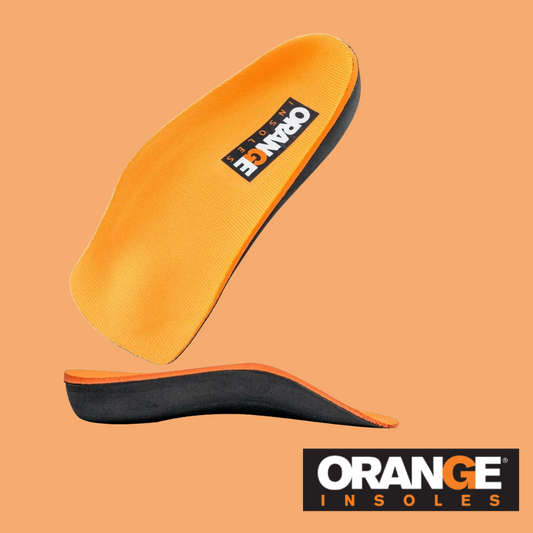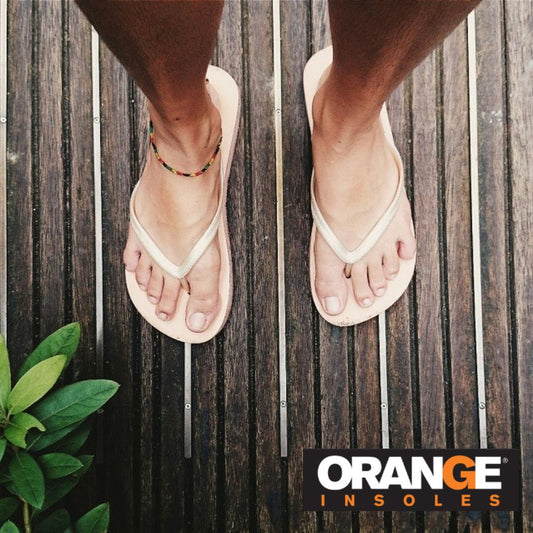If you notice a sudden change in your ability to walk steadily or lift or turn your foot easily, you might be experiencing something more complicated than a sore foot. While not uncommon, a condition called drop foot may be one of the lesser known foot conditions.
If you’re experiencing sudden difficulty lifting or turning your foot, you might be experiencing drop foot. Check out the information below to learn more about this condition and how to treat it.
What is Drop Foot?
Drop Foot is a medical condition characterized by the inability to lift the front part of the foot. This results in a dragging or slapping of the foot on the ground while walking. This condition is usually caused by damage to the muscles or nerves that control movement in the foot.
Drop foot affects not only a person's ability to lift the front part of their foot but also impairs their ability to control ankle movements, leading to limited or no control over the inward and outward movement of the foot.
Someone showing symptoms of drop foot might notice:
- Difficulty lifting the front of the foot
- An altered gait
- Weakness or numbness in the foot or leg
The muscles and nerves impacting movement like running, walking, and ankle control may be impacted by drop foot, making it hard to perform normal movements like lifting, pointing, or turning the foot. This may lead to problems with balance and coordination and increase the risk of tripping and falling.
What Causes Drop Foot?
While we mentioned it is caused by damage or impairment of the muscles or nerves in the foot, what types of injuries or activities might cause this kind of damage?
Trauma or compression of the foot: If the peroneal nerve, the nerve that impacts the muscles responsible for foot movement, is damaged through trauma, you might experience drop foot.
Nerve or muscle disorders: Certain muscle disorders, such as muscular dystrophy or motor neuron diseases like ALS, can weaken the muscles responsible for foot dorsiflexion, leading to drop foot. Nerve conditions like peripheral neuropathy or nerve entrapment can also cause symptoms.
Stroke: A stroke can cause paralysis or weakness in the muscles of the leg, including those involved in foot movement, particularly if the stroke affects the part of the brain responsible for motor control. It has been reported that approximately 14% to 25% of stroke survivors experience drop foot.
Treatments for Drop Foot
While treatment options for drop foot will depend on the cause and severity of the condition, there are some approaches you can take if you are experiencing drop foot.
- See a doctor: It’s important to see a doctor and get properly diagnosed before pursuing any treatment path.
- Exercise and stretching: Specific exercises can help strengthen the muscles involved in foot and ankle movement, improve balance and coordination, and promote a more normal gait pattern.
- Inserts or orthotics: You can provide extra support for the foot using lightweight leg braces or shoe inserts (ankle-foot orthotics). You should ask your doctor what type of insert is best for you as Orange Insoles might not be a strong enough option in this case.
- Nerve stimulation or surgery: In some more extreme cases, ner stimulation might be appropriate. Or you might need to look into surgery that fuses the foot and ankle joint.
The most important thing you can do for your feet and body is to stay active and strong, and support your muscles and joints while doing so. An insole can help you stay in alignment so you can feel better and do more. But if you’re experiencing pain or something changes in your body, make sure you take it easy and see a doctor!

























































